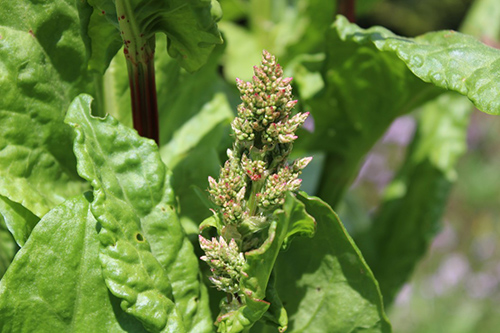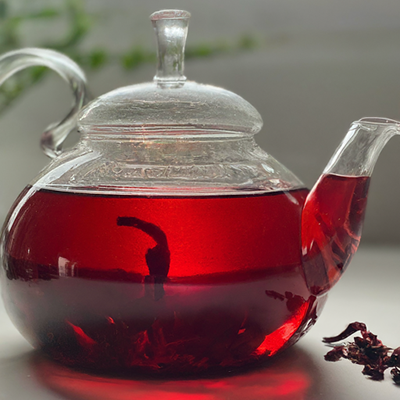Contents
Ancient sailors knew of sorrel health benefits because of its anti-scurvy properties. The plant’s leaves are a true joy, with their acid flavor for outdoor meals. Today, the plant contains 20 to 25 mg of vitamin C per 100 grams (lemon contains 50 mg).

Scientific Facts
- Scientific Name – Rumex acetosa L.
- Other Names – Common Sorrel, garden sorrel, meadow sorrel, sourgrass.
- French – Oseille.
- Spanish – Acedera.
- Environment – Common mountain meadows all over Europe and America.
- Description – Vivacious plant of the Polygonaceae family, growing from 20 to 70 cm high, with large, arrow-shaped leaves and green or reddish flowers that grow in spikes.
- Parts of the plant used medicinally – The leaves and the root.
Healing Properties
The plant contains 1.3 percent potassium oxalate, oxalic acid, small amounts of anthraquinone glycosides, vitamin C, and iron salts. Its properties are the following:

- It is an appetizer that is refreshing, invigorating, and antiscorbutic due to its organic acids and vitamin C content. Among the many health benefits of sorrel is its ability to ease digestion. Therefore, it is recommended for people weakened by infectious diseases and those who suffer from anemia.
- Emollients and cicatrizant (healing agent) are used externally. It alleviates acne and skin blemishes. Its fresh juice cleans skin sores and infected wounds.
Warning
Never exceed the recommended dosage. We recommend throwing away the broth when boiled since it contains high amounts of oxalic acid. Its use should be avoided with gout, arthritis, and kidney stones because of its high oxalic acid content.
Wood Sorrel

The wood sorrel (Oxalis acetosella L.) is a vibrant climbing plant similar to the Sorrel. Its leaves contain bioxalate of potassium, oxalic acid, vitamin C, and mucilage. They are depurative, diuretic, febrifuge, and refreshing. Its most important application is as a refreshing herbal tea for diseases with fever or as a depurative to perform a Spring cure.
It is also a fresh vegetable in soups, salads, and infusions (a handful of leaves per liter of water). Its use demands the same caution as that of the sorrel.
How to use Sorrel
- Infusion with thirty grams of leaves per liter of water, drinking two or three cups daily.
- Fresh juice: a glass every day.
- Fresh juice lotion on the afflicted skin area.
- Poultices with boiled leaves.
DISCLAIMER: All content on this website is presented solely for educational and informational objectives. Do not rely on the information provided as a replacement for advice, diagnosis, or treatment from a qualified medical expert. If you are pregnant, nursing, or have any preexisting medical concerns, talk to your doctor before using any herbal or natural medicines.
REFERENCES
- George D. Pamplona-Roger, M.D. “Encyclopedia of Medicinal Plants.” George D. Pamplona-Roger, M.D. Encyclopedia of Medicinal Plants. Ed. Francesc X. Gelabert. Vols. 1 San Fernando de Henares: Editorial Safeliz, 2000. 275. Print.
- https://www.healthifyme.com/blog/sorrel/
